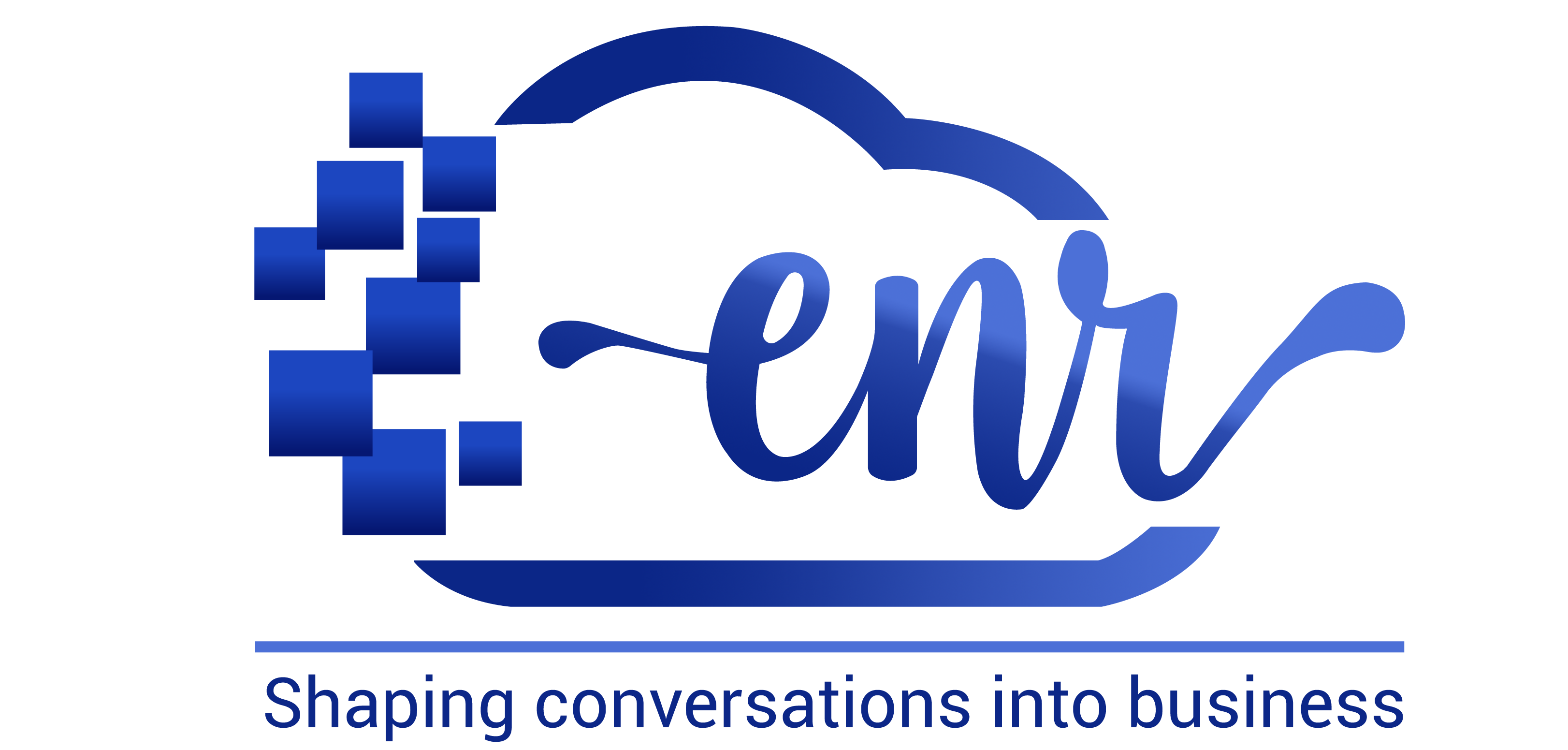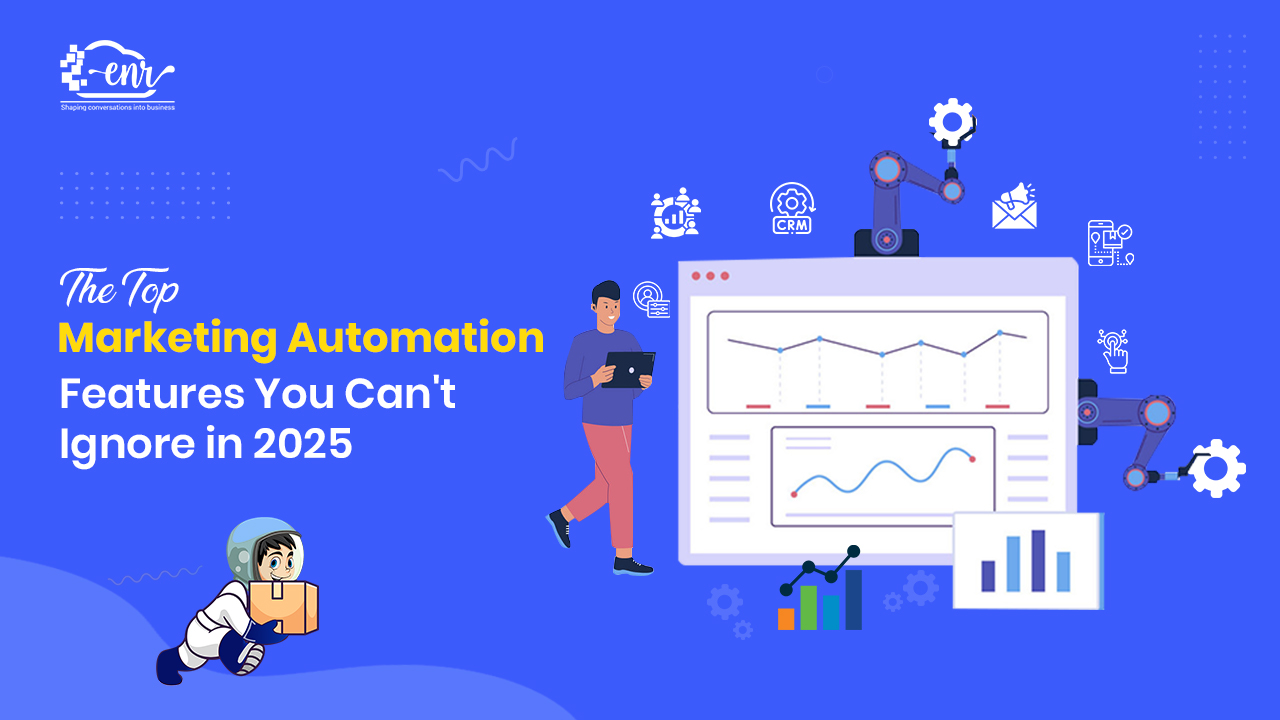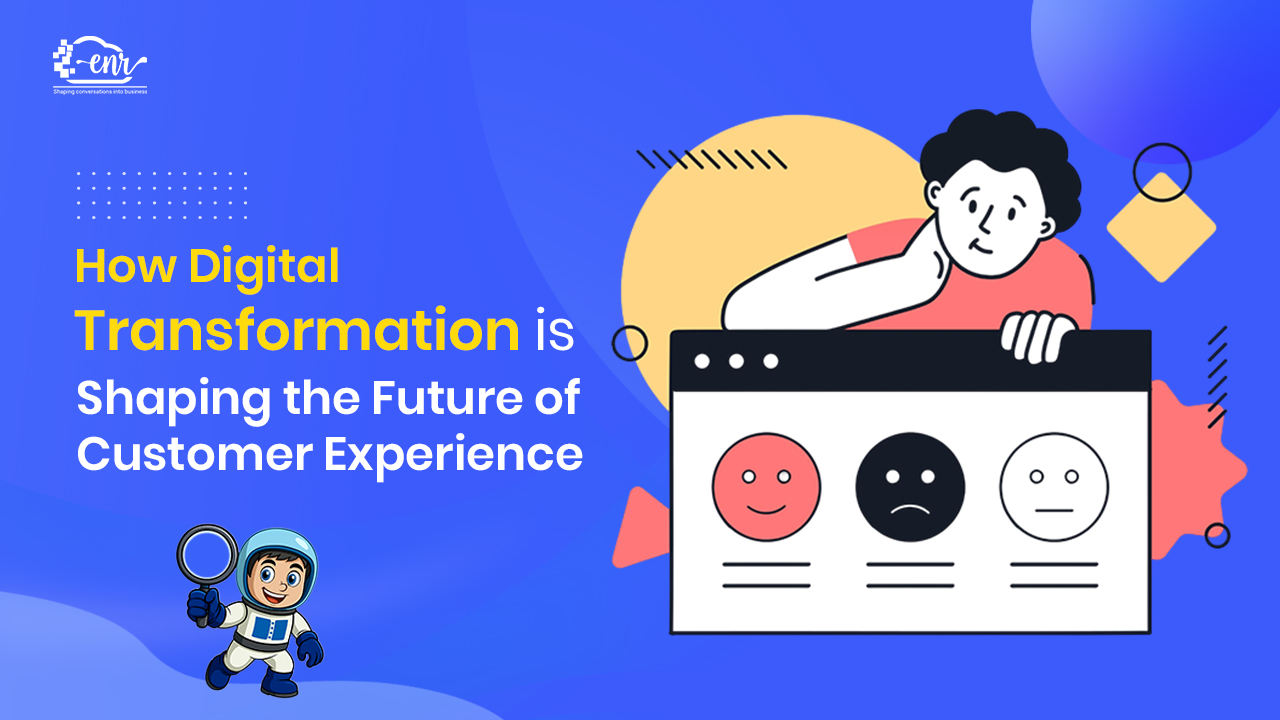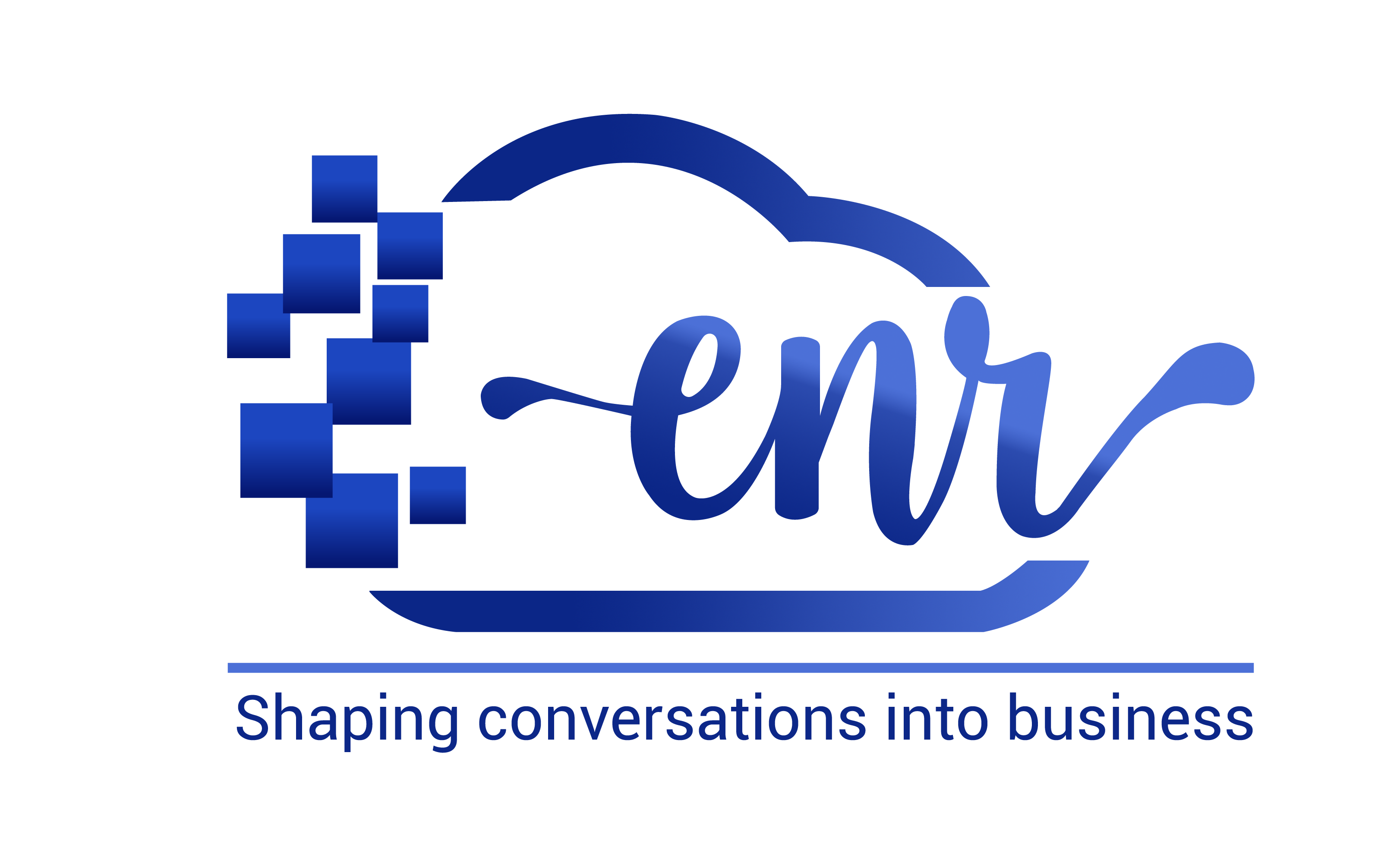Marketing automation platforms has been the perfect assistant to countless marketing teams and will continue to do so. It helps manage the campaigns, streamlines the processes, and engages with customers without taking a break. The implementation of a suitable marketing automation tool helps businesses achieve greater efficiency and better results with the help of advanced technology.
When you choose a marketing automation platforms for your organization, the first thing you will do is compare the options available on the basis of features that the platform has. The features of the automation platform should align with your business goals. The problem is that there are many marketing automation platform choices in the market, and each of these platforms offers multiple features, some necessary for you, some not. So how do you know what features you actually need? Not only now, but for the years to come.
Some common hurdles that most marketing teams face in their marketing campaigns are generating good content, creating lead capture forms, writing and sending emails at the right time and to the right customers, and planning the best follow up approach, to name a few. The automation you chose should be able to help in all this and be scalable for the next few years.
Here is a detailed look at the game-changing features of the marketing automation platform that we love and believe can transform your marketing efforts.
Table of Contents
ToggleGame-Changing Features of The Marketing Automation Platform
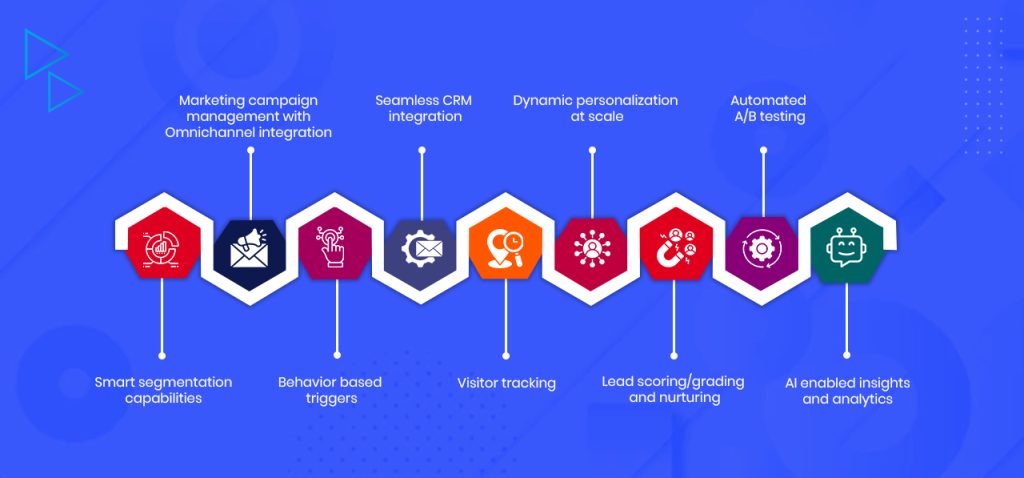
1 Smart segmentation capabilities
One of the biggest challenges that most marketing teams face is dividing their customers and prospects according to their interests to send the right personalized messages. Manually done, the process takes a lot of time, and crucial opportunities are missed.
The advanced customer segmentation ability of marketing automation platforms does this job in real time and divides the audience based on demographics, behavior, purchase history, engagement level, or any other parameter that aligns with your marketing goals.
Why do you need this? Smart target accounts list segmentation capabilities let you focus your time and energy on the most promising and high-valued accounts by identifying them based on their signals and behaviors. This also includes intent data integration and dynamic list updates. The performance tracking features help you see the results of segmentation in real time. This way your team can have a big impact even with limited resources.
For example, segmentation like “new users,” “repeat buyers,” or “inactive subscribers,” enable targeted campaigns for more retention.
2 Marketing campaign management with Omnichannel integration
Many marketing campaigns get siloed because the MarTech stacks are too big to be handled individually. Marketing teams often struggle to integrate the channels manually and ensure data sharing across all channels at the same time.
The simple use of marketing automation facilitates a seamless integration across multiple channels, such as email, social media, SMS, and other touchpoints on the web, making the marketing campaign much more efficient.
Marketing automation tools run multiple campaigns from the same interface and bring the marketing and sales teams on the same page and working hand-in-hand. Marketing campaign management using automation can plan, execute, and monitor omnichannel strategies easily and is almost foolproof with well-set parameters.
Why do you need this? Customers of today use multiple channels to interact with the brand and check its credibility. Hence, it is important to have a consistent omnichannel experience to increase brand trust and recall. For example, a marketing campaign might start with an email or customer query and follow by retargeting ads on social media and end with an SMS reminder or offer.
3 Behavior based triggers
These are messages that are sent based on real-time customer actions. These automated messages have the power of building a strong brand reputation as a brand that puts the customer first. Automation can be set up to perform a predefined workflow when the customer does a specific action.
Why do you need this? When a customer makes an action on the brand website or a social media page, they prefer to see an immediate reply rather than wait for one or two days when the team has the time to reply. Automation gives timely and relevant responses and thus increases the likelihood of conversion. For example, when a customer visits a product page or downloads a resource, the platform can send them more information on the product, give offers on purchases, and even send a cart recovery remail.
4 Seamless CRM integration
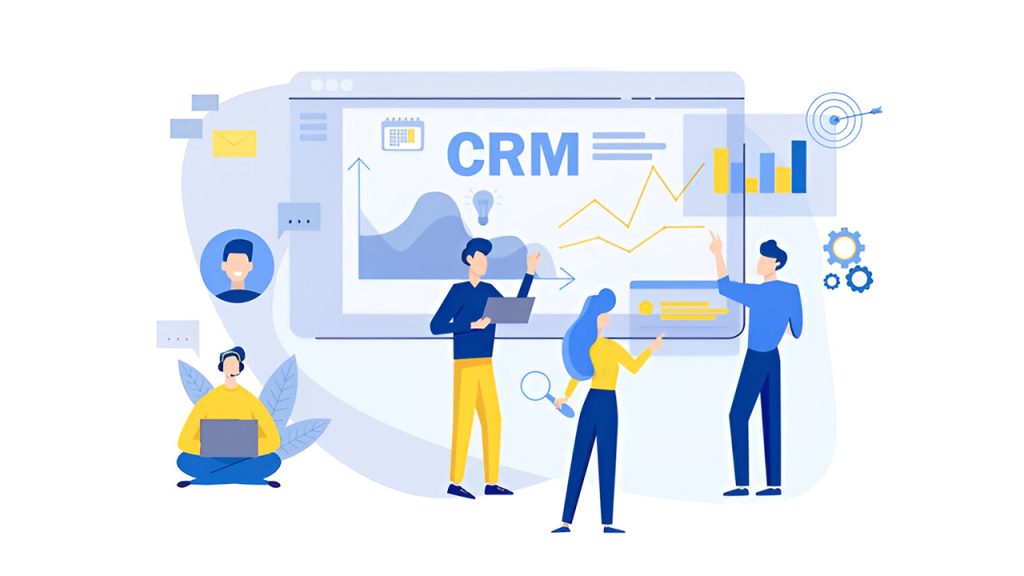
Marketing integration is an important part of any marketing campaign. If you don’t know how the sales team is doing with customer relationships, it is difficult to get the full value of the MarTech stack. Marketing automation platforms can integrate with CRM tools to sync customer data and provide a 360-degree view of customers for both sales and marketing teams in real time.
Why do you need this? This gives a clear idea of what is working in the campaign and what is not and hence improves collaboration and customer experience. For example, a sales person will know which emails were opened by the customer and tailor the sales pitch accordingly. This also helps with prioritizing budget and channels.
5 Visitor tracking
This is a simple feature of the automation tools that lets you know how much time a customer is spending on your website, how many times they are revisiting, and who is visiting the website. Visitor tracking is a vital piece for continuous improvement.
Why do you need this? Visitor tracking not only gives the who but also shows what content appeals to the audience the most and this is the most powerful information to have for both marketing and sales teams!
For example, if the customers are very interested in a particular product, then it will be relevant to send them detailed information and USPs to improve conversions and sales funnels. Best marketing automation platforms have the ability to record user sessions, analyze the click patterns, track website visits, and create heatmaps.
6 Dynamic personalization at scale
The natural progression of any business is growth. As the customer base grows, automation platforms scale with it. and this is done without the major investment in manpower and extra space. A game changing feature of marketing automation platforms is to deliver personalized experiences to large audiences. This is done with the help of dynamic lists which are automatically updated with highly engaged prospects.
- Dynamic content in emails and other online content which lets you really personalized the content for each prospect gives you the flexibility to insert different text and images in your content as per the user preference.
- Customized landing pages
- Personalized product recommendations
Why you need this? Personalization is the key to customer satisfaction and attracting loyalty by making the customer feel valued. For example, an eCommerce business can send personalized SMSs based on browsing history.
7 Lead scoring/grading and nurturing
There is no business without leads. But there is a difference between haphazard cold calling and the modern buyer-led sales conversations. Lead scoring assigns scores to leads based on different criterion such as behavior, engagement, and likelihood to convert.
Why you need this? Lead generation and nurturing are the important features of marketing automation that analyze customer interactions at various points and help the sales team focus their efforts and most promising leads. For example, a high-grade lead will get a sales follow up but a low score lead might just get a nurturing email.
8 Automated A/B testing
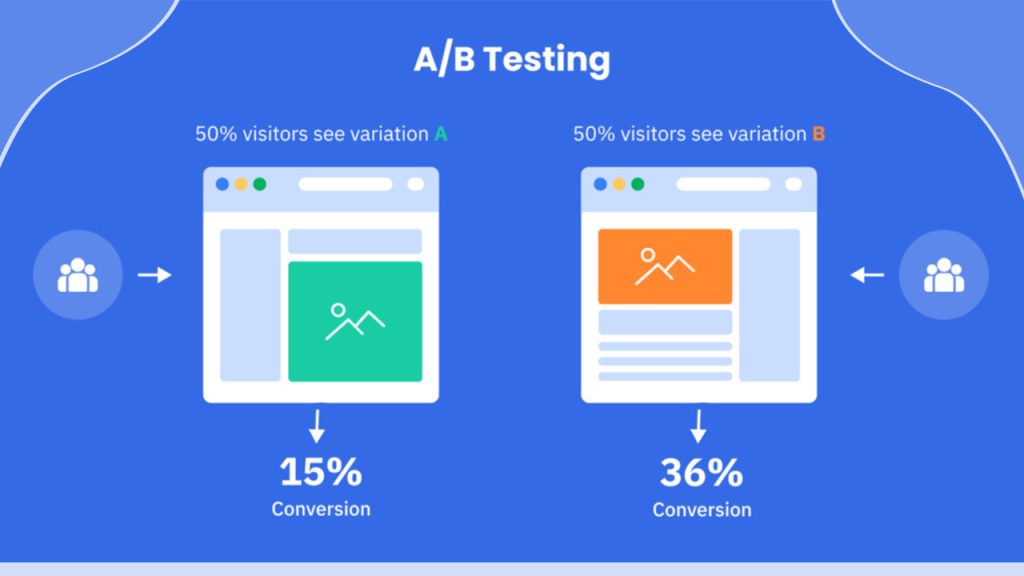
The standout feature of marketing automation is that it lets you test your content before it goes out.
Why do you need this? Testing everything from your content, including subject lines helps optimize the marketing campaigns by comparing different versions of the content (email, landing page, ad copy, etc.) This is a perfect tool for streamlining the process and better marketing performance.
9 AI enabled insights and analytics
Marketing automation platforms use advanced AI to deliver fast insights and predictive analytics. It can track the performance of the campaign, predict customer behavior and outcomes, and give data-based recommendations for optimization.
Why do you need this? Good data analytics help refine the campaigns and improve ROI.
Conclusion
Marketing Automation is the backbone of any and every brand as most of the users are digitally enabled/available and have the direct access to brands across all the Digital Touchpoints and through multiple gadgets and platforms. While finalizing the Marketing Automation brands must consider 3S’s. Stability, Security and Scalability. Stability is important from Integration point, Data Security for user privacy and Scalability of campaigns and customer journeys as per the Business requirements. Marketing Automation is a make and break for any brand.
Read Also: The Role of Personalization in Reducing Cart Abandonment Rates
Written By – Amit Bhateja
Amit Bhateja is the co-founder of enrcloud and helping brands and Unicorns from the last 15+ years and overachieve their Engagement and Retention goals. He is passionate about solving customer problems with modern technology, new age solutions, and consultancy approach. Besides Building ENR, He enjoys reading books, spending time with his family and Teammates, traveling, meeting new people, learning new things, and love to close the business deals.
